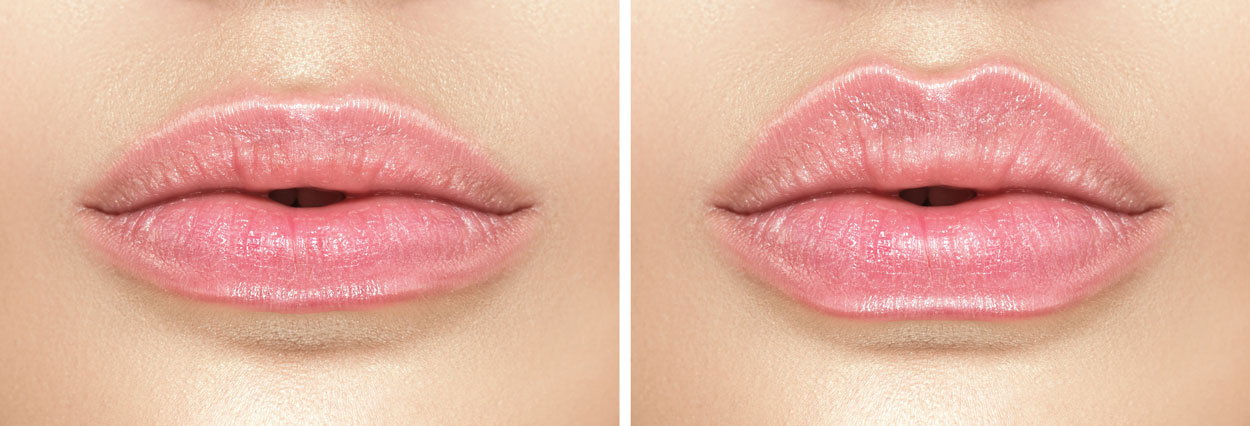
Filler injections are a popular cosmetic treatment that can help to plump up the skin and reduce the appearance of wrinkles. There are a variety of different types of fillers available on the market, made from different materials. The most common fillers (and the ones we use most often at The Derm Specs) are made from hyaluronic acid, a substance that naturally occurs in the body.
Fillers are injected into the skin using a fine needle. The filler is injected into the desired area, where it will plump up the skin and reduce the appearance of wrinkles. Fillers can be used to treat a variety of different areas of the face, including the lips, cheeks, and under the eyes. They can also be used to fill in wrinkles around the mouth and nose.
Fillers are not permanent, and they will eventually be absorbed by the body. The results of filler injections typically last for six months to a year, after which time the injections will need to be repeated in order to maintain the results.
If you’re considering getting filler injections, you may be wondering where the best place to inject is. There are many factors to consider when deciding on the location of your filler injection, including the type of filler you’re using, your desired results, and the advice of your injector. The most common areas to inject filler are the cheeks, lips, and under the eyes. However, filler can also be injected into the jawline, chin, and nose. The type of filler you choose will also affect where it is injected.
Your desired results will also play a role in deciding where to inject filler. If you want to add volume to your cheeks, you’ll likely want to inject filler into the cheek area. If you want to plump up your lips, you’ll want to inject filler into your lips (well, duh!) And if you want to reduce the appearance of under-eye bags, you’ll want to inject filler into the tear trough area.
Finally, the advice of your injector is also important. They will be able to assess your facial features and advise you on the best place to inject filler. They will also be able to tell you if you’re a good candidate for filler injections and what type of filler would be best for you.
This is a question that we get a lot, and it’s one that we take very seriously. The safety of our patients is always our top priority, so we want to make sure that you have all the information you need to make an informed decision about whether or not filler injections are right for you.
First and foremost, it’s important to understand that there are different types of fillers available on the market today. Some are made from natural substances, like hyaluronic acid, while others are made from synthetic materials. Some of the older fillers made from bovine collagen were more often associated with creating nodules or causing infections, whereas the newer hyaluronic acid ones (like the ones we use at The Derm Specs) are far safer and have fewer of these side effects.
There are also different types of fillers that are designed for different purposes. For example, some fillers are designed to add volume to the face, while others are designed to help reduce the appearance of wrinkles.
When it comes to safety, there are a few things you need to keep in mind. First, it’s important to make sure that you go to a reputable provider for your filler injections. There are a lot of providers out there who are not properly trained or experienced in administering filler injections, and this can lead to serious complications. Make sure you do your research and only visit a provider who you trust.
Second, it’s important to understand the risks associated with filler injections. As with any medical procedure, there are always risks involved. The most common complications associated with filler injections include bruising, swelling, and infection. Rarer, but more serious side effects, include blockage of blood vessels if injected incorrectly. However, these complications are rare and usually only occur when the injections are not performed properly. Overall, filler injections are safe when performed by a reputable provider. If you have any concerns, we recommend that you speak with your provider about the risks and benefits of filler injections before making a decision.
If you are considering filler injections, it is important to consult with a board-certified dermatologist or trained provider who has experience with this type of procedure (hey, we have a few of those here at The Derm Specs that you might want to consider!) They will be able to assess your individual needs and recommend the best type of filler for you.